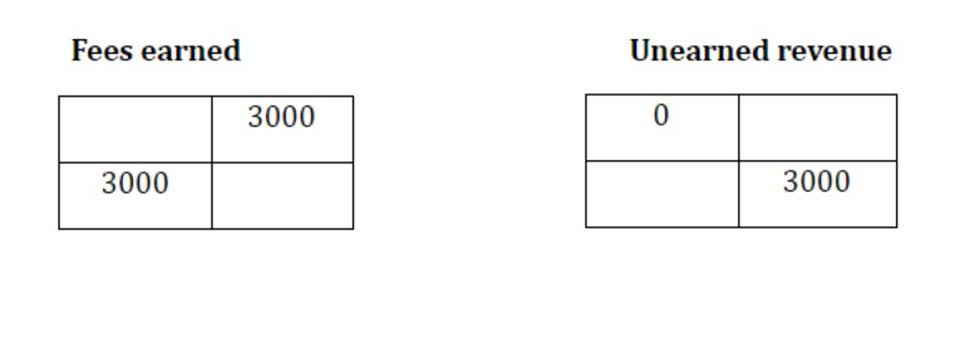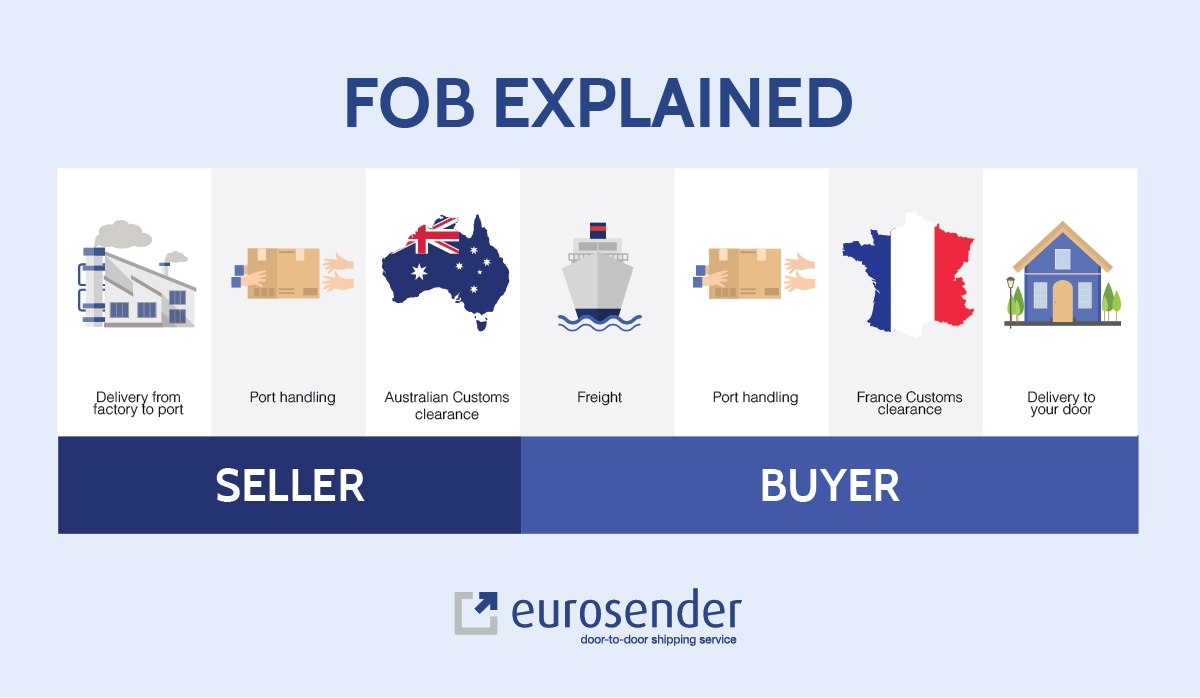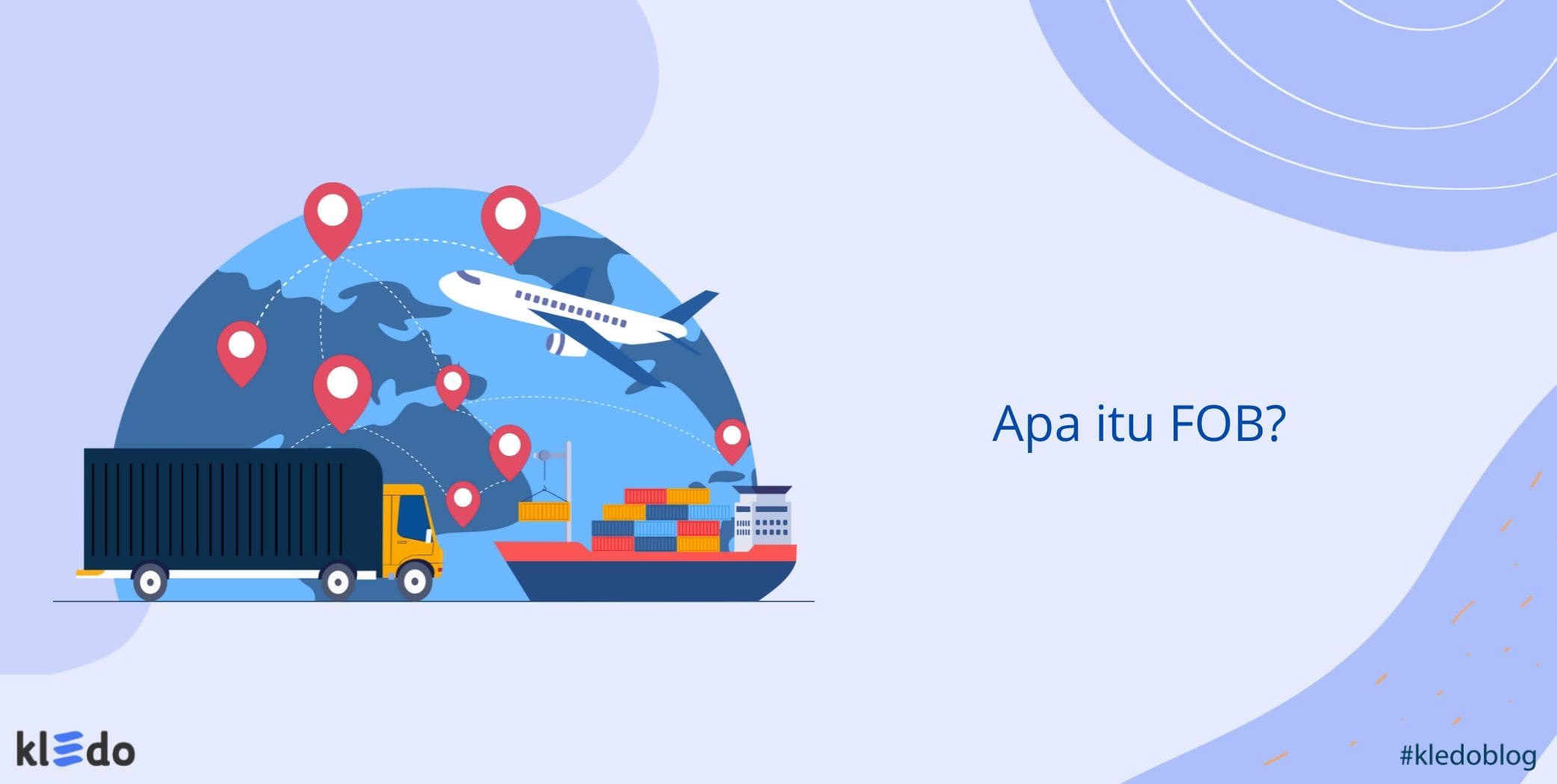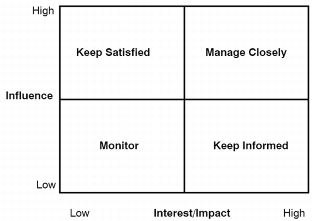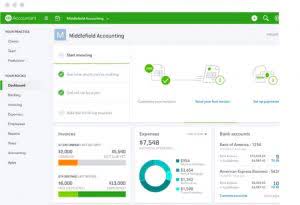If we only looked at our net income, we might believe we had $60,000 cash on hand. In that case, we wouldn’t truly know what we had to work with—and we’d run the risk of overspending, budgeting incorrectly, or misrepresenting our liquidity to loan officers or business partners. Under Cash Flow from Investing Activities, we reverse those investments, removing the cash on hand.
Cash Flow Forecasting in Cash Flow Management
Investors and analysts should use good judgment when evaluating changes to working capital, as some companies may try to boost their cash flow before reporting periods. For information pertaining to the registration status of 11 Financial, please contact the state securities regulators for those states in which 11 Financial maintains a registration filing. Cash flow is the total amount of cash that is flowing in and out of the company. Free cash flow is the available cash after subtracting capital expenditures.
What are the factors you need to consider during cash flow planning?
Companies with healthy cash flow ratios and positive free cash flow are often considered more desirable investments, as they have the capacity to reinvest in growth, pay dividends, or reduce debt. Cash flow analysis plays a vital role in business valuation, as it helps to estimate the company’s future cash flows, which are then discounted to determine its present value. Positive investing cash flow indicates that a company sells more assets than it is purchasing, while negative cash flow suggests increased investment in long-term assets. Cash flow from operating activities represents the cash generated from a company’s daily operations, including revenues from sales and expenses such as employee salaries, rent, and utilities. Positive cash flows within the CFI section, which can be generated in such ways as selling equipment or property, can be considered good. However, investors usually prefer that companies generate their cash flow primarily from business operations.
How the Cash Flow Statement Is Used
- If you have an established line of credit, you might rely on that to pay part of your bills.
- Cash flow analysis is a crucial aspect of business decision-making, enabling companies to assess their financial health, make informed decisions regarding investments and financing, and plan for future growth.
- For some industries, investors consider dividend payments as necessary cash outlays similar to capital expenditures.
- Cash-flow is generated by business operations, investments, and financing.
- This information is important in making crucial decisions about spending, investments, and credit.
This cash flow statement shows Company A started the year with approximately $10.75 billion in cash and equivalents. To facilitate this understanding, here’s everything you need to know about how to read and understand a cash flow statement. Failing http://newcitizen.org.ua/news/7280/ to update cash flow analysis can result in outdated insights and ineffective decision-making. Some aspects of cash flow analysis, such as forecasting and sensitivity analysis, involve a degree of subjectivity in the assumptions and estimations used.
Cash Flow Basics for Small Business Explained
- The inflow from financing refers to the raising of capital from equity or long-term debts.
- This cash flow statement shows Company A started the year with approximately $10.75 billion in cash and equivalents.
- This section reports cash inflows and outflows that stem directly from a company’s main business activities.
- All of our content is based on objective analysis, and the opinions are our own.
- After accounting for all of the additions and subtractions to cash, he has $6,000 at the end of the period.
If you are new to HBS Online, you will be required to set up an account before starting an application for the program of your choice. HBS Online does not use race, gender, ethnicity, or any protected class as criteria for enrollment https://eyeglob.net/antenna-and-cryptocurrency-what-is-the-main-connection/ for any HBS Online program. Our easy online enrollment form is free, and no special documentation is required. No, all of our programs are 100 percent online, and available to participants regardless of their location.
- A cash flow statement is one of the most important accounting documents for small businesses.
- The first section of the cash flow statement covers cash flows from operating activities (CFO) and includes transactions from all operational business activities.
- This method of calculating cash flow takes more time since you need to track payments and receipts for every cash transaction.
- As such, they can use the statement to make better, more informed decisions about their investments.
- Maybe you forecasted your cash flow and knew that you were going to be short that month, so you made a plan to cover your expenses.
- A positive FCF suggests the company can meet its obligations, including operational costs and dividend payments.
If a client pays a receivable, it would be recorded as cash from operations. Changes in current assets or current liabilities (items due in one year or less) are recorded as cash flow from operations. Also, while a company may appear profitable based on net profits, cash flow provides https://www.oko.by/2416-heineken-kupila-oao-rechicapivo.html a more accurate picture of its liquidity—whether it has enough cash to cover expenses, restock inventory, or invest in growth. Consider seeking professional wealth management services to further enhance your business’s financial stability and long-term growth potential.
Add your net income and depreciation, then subtract your capital expenditure and change in working capital. Cash flow statements are also required by certain financial reporting standards. Reducing obsolete inventory frees up cash and storage space for more profitable items. It is crucial to distinguish between cash flow and profit, as they are not interchangeable.
Cash flows from financing (CFF) is the last section of the cash flow statement. It provides an overview of cash used in business financing and measures cash flow between a company and its owners and creditors. The cash normally comes from debt or equity, such as selling stocks and bonds or borrowing from a bank.
Cash Flow from Investing Activities
Adam received his master’s in economics from The New School for Social Research and his Ph.D. from the University of Wisconsin-Madison in sociology. He is a CFA charterholder as well as holding FINRA Series 7, 55 & 63 licenses. He currently researches and teaches economic sociology and the social studies of finance at the Hebrew University in Jerusalem. Yes, nonprofits must follow generally accepted accounting principles (GAAP) and, in many cases, specific standards set by organizations like the Financial Accounting Standards Board (FASB).



